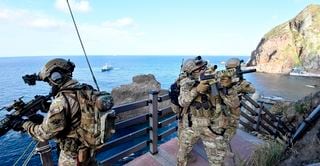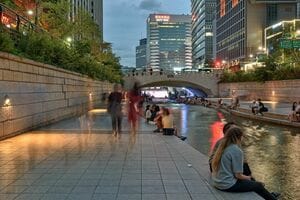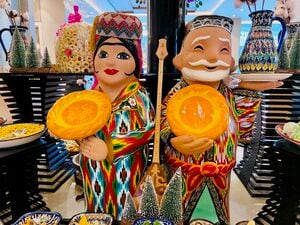Syngman Rhee administration captures numerous Japanese fishing vessels
Looking at the declassified Rusk documents, the Korean provisional government, which was in the midst of war with North Korea, responded to the draft of this peace treaty with Japan in July 1951 with a request to the United States for edits to add Parangdo and Dokdo to Korea's territory. The United States asked about the location of these islands, and since Korea never gave an accurate response, the requested edits were denied in August of the same year.
Why was the Korean government unable to answer? Parangdo is an underwater rock formation located 200 km to the south of Jeju Island (although Korea sometimes claims this site is a remote island). In other reasons, the government was unable to answer because there is nothing there. As for Dokdo, there was probably just no one who knew exactly where it is.
In this way, the peace treaty recognized Dokdo as Japanese territory, and Syngman Rhee, who was president of Korea at this time and troubled by the decision, set an arbitrary Syngman Rhee line on the right side of Dokdo and declared this line as a border. Afterward, Korea began capturing Japanese vessels it claimed had invaded by crossing this line.
At this time, hundreds of ships were captured, involving a total of 3,000 fishermen alone, acts of barbarism that would be unthinkable in the standards of the modern world. However, since Korea was in the middle of a war with North Korea and had no official sitting government, the only response to these events was criticism of the Syngman Rhee administration by the United States and Taiwan, with no additional sanctions or measures of any kind implemented. Korea began its illegal occupation of Takeshima at this time, and the country continues to claim the territory is its own.







